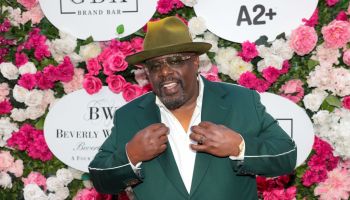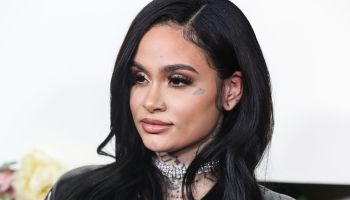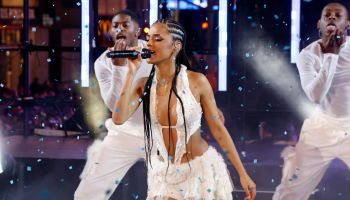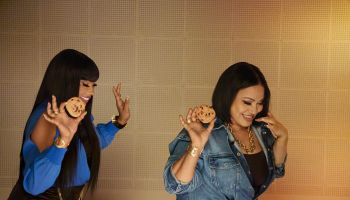While New York State is just one vote away from making marriage equality the real deal, we thought we’d take a look at the equality gay Native American cultures enjoyed prior to, and suffered beacause of, European indoctrination in New York and in the Americas at large.
Our interest came about because we saw a documentary on PBS last night called “Two Spirits,” which examined the lives of gay people in First American nations and our country’s hostile response to them.
The documentary began with the story of Fred Martinez, a two spirit individual who identified as gay and openly cross dressed, who was murdered. Martinez was 16, a Navajo and a nadleehi, Navajo for a man with feminine characteristics- two spirited. The documentary, made by Lidia Nibley in 2001, led us down a path of history that’s existed only in college text books and not in the imagination of the wider public.
The term two spirit is a recent one, having been invented in the 1990s as a way to collectively identify First People who were gay, bisexual, lesbian or transgendered. It was created as a countermeasure of the French term beradache which was misleading, offensive and based on colonial notions. One of its meanings was prostitute.
Members of Native American/ First Nation societies who were gay or two spirited were integrated into whatever society they belonged to. They were not ostracized or shunned by members of that society like how gay folks are today. In fact it wasn’t until the 20s and 30s, after forced removal from families, indoctrination and the stripping of language by throwing together different peoples, like African slavery in the Americas, that two spirited individuals became ostracized.
Above: A same sex Navajo couple in 1866
[pagebreak]
Via Fuckyeahqueerindigenous.tumblr.com:
Will Roscoe, an author, scholar and activist based in San Francisco who has written a couple of books about the two-spirit tradition, says, “It was widespread, every part of the continent, every language group—every lifestyle would be represented,” going back hundreds of years. That changed in the 19th century, as the subjugation of tribes throughout North America accelerated. When GLBT Native people began to come forward in the 1970s there had been one or two generations since there had been a two-spirit anything in any tribe,” he explains. “Their parents had forgotten it. The generation that went to the boarding schools—the white schools and missions—had it drummed out of them. The agents suppressed it, the white people ridiculed it, and people stopped cross-dressing because that was the most visible sign. When the Native gay people first came forward, their tribal peers understood only that they were talking about a white thing, and a ‘bad’ thing; they assumed it was a sickness. Because they had been assimilated into white culture, they thought it had nothing to do with their tradition, and there was tremendous hostility. So the tradition was blocked and the memory of it was wiped out.”
The origins of two spirit people, people who look like one gender but internally is another, or perform both gender roles attributed to males and females, have been around for generations and were revered by all, sometimes seen as shamans or messengers associated with the Creator. Some were even married, therefore making marriage equality in the Americas something centuries or generations old.
After the break, images of two spirit people from the previous centuries.
Above: The most celebrated and renkown two spirit person was We-Wa, a Zuni who was an ambassador of sorts who dealt with Washington.
[pagebreak]
“Dance To The Berdache” by Catlin. Drawn while on the Great Plains, among the Sac and Fox Indians, the sketch depicts a ceremonial dance to celebrate the two-spirit person.
[pagebreak]
Two spirit Crow members, 1928.
















